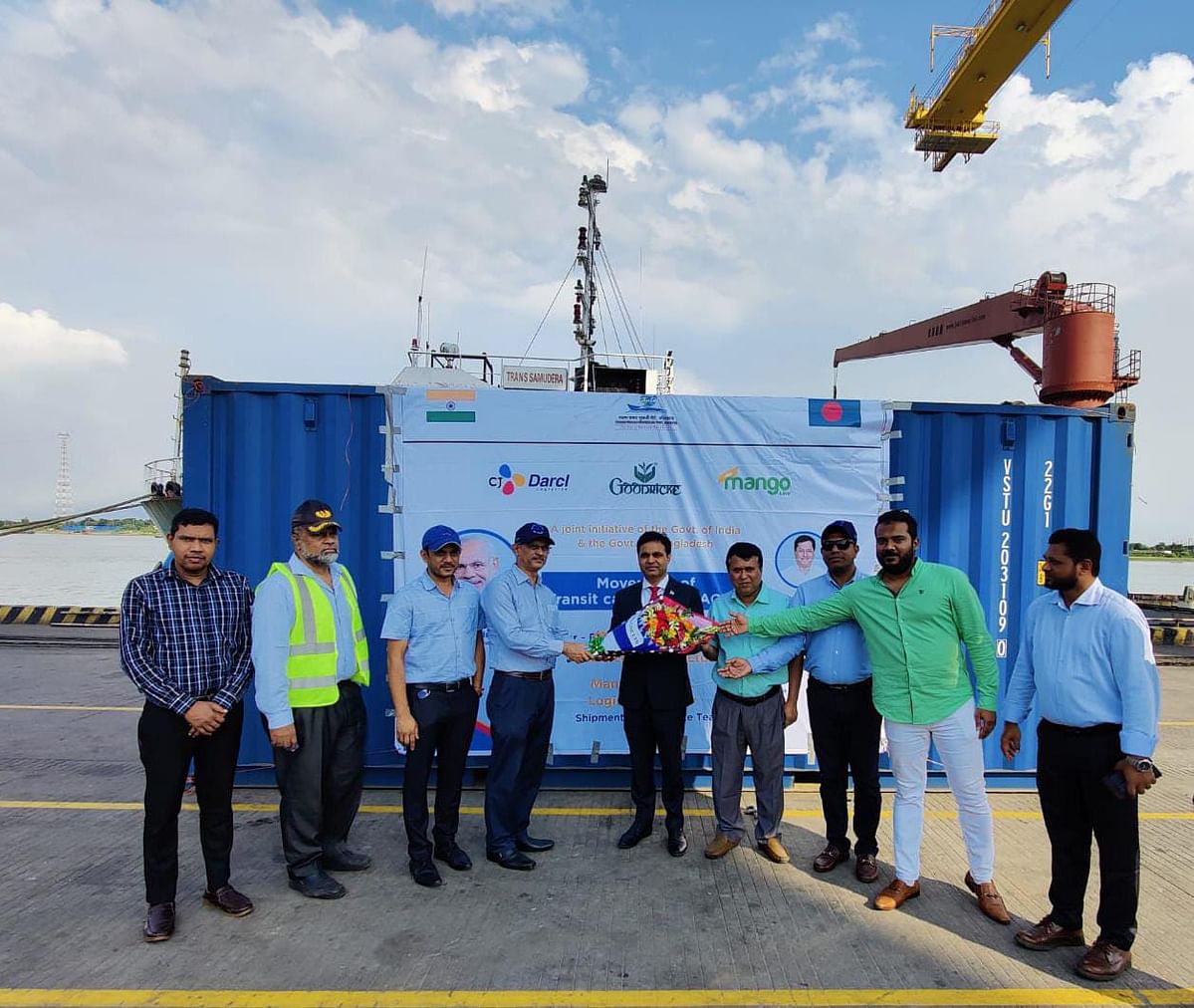Countries do not have blank slates, but instead accumulate a great many rules and commitments that define the extent of the “policy space”...
Countries do not have blank slates, but instead accumulate a great many rules and commitments that define the extent of the “policy space” within which they operate. These include some domestic instruments that may be considered permanent (especially its constitutional arrangements) and the commitments that it has made to its partners in multilateral and regional trade agreements; others are subject to periodic revision and adjustments (e.g. annual budgets). A TPF should clearly identify all relevant commitments, be equally explicit about the types of laws and agreements that it advocates, and ensure that any new initiatives that it proposes are permissible within the existing legal obligations of the country. The term “treaty” is formally defined in article 2.1(a) of the Vienna Convention on the Law of Treaties as “an international agreement concluded between States in written form and governed by international law, whether embodied in a single instrument or in two or more related instruments and whatever its particular designation,”
but it might alternatively and informally be defined as an instrument by which countries mutually agree to impose voluntary limitations on the exercise of their sovereignty. This point is not unwelcome: It is in the interests of all members of the trading system that they operate within a body of well-understood and enforceable rules, and those rules matter only if they actually place constraints on countries. Whether the agreements that they negotiate are multilateral or regional, developing countries (other than LDCs) are now expected to take on greater 66 TRADE POLICY FRAMEWORKS FOR DEVELOPING COUNTRIES: A MANUAL OF BEST PRACTICES Box 9. Strategic vision presented in the trade policy framework for Namibia In our view [import substitution] is not likely to succeed for the simple reason that economies of scale in the domestic market are absent, but also because the likely targets for such a strategy favour location in South Africa and, by virtue of relatively free trade within SACU, can service Namibian markets from their South African base. While a mix of incentives could be put in place, combining them with coercive instruments is likely to repel, rather than attract, foreign investors, particularly the lead firms central to the next strategy option we outline below. Hence the “coercive” strategy runs the risk of penalizing the Namibian economy as a whole, and poor consumers in particular. An alternative approach is available. This could be framed as a “niche” strategy, wherein Namibia accommodates to its structural realities by targeting specific niches in regional and global value chains into which its domestic producers could plug, with a view to upgrading over time. In this approach the government’s primary task is to facilitate entry into value chain networks coordinated by foreign lead firms, incentivising those firms to upgrade the participation of local firms over time.
The policy package associated with this strategy is essentially one of transactions costs reductions, business environment reforms, and putting in place institutional supports to local business to improve their attractiveness to the lead firms targeted. The risk with this approach is that Namibia may not be able to do what is necessary vis a vis the SACU common external tariff (CET), since the CET is predominantly determined by South Africa; a reality that is likely to endure given South Africa’s much larger and more diversified economy. However, there is an opportunity to differentiate Namibia from South Africa, as Botswana now seems to be doing, since South Africa appears set on an import substitution path and foreign companies are responding by looking for alternative investment locations in the region. A hybrid approach is also conceivable. So, the Namibian government could decide which sectors or niches it wishes to condition foreign access to for purposes of economic empowerment and/or production capacity building and make its intentions known to the international community. This is most likely to work in those sectors where Namibia has real market power, notably in uranium and fisheries but perhaps in other sectors too. Then it could pursue a policy of openness and transactions cost reduction in those sectors where, in its judgement, it is unlikely to succeed with such an approach. As long as this is done in a transparent, predictable, and stable manner it could work. Trade Policy Framework: Namibia (2016) burdens than was previously the case. For the multilateral system, that means ending the old practice by which most developing countries were outside the system and those that were in it opted not to sign most agreements. Today nearly all countries are WTO members, and all of them are obliged to adopt nearly all agreements. At the bilateral and regional levels, that means switching from arrangements by which they enjoyed one-way, preferential access to the markets of the industrialized countries to one in which they make reciprocal commitments to open their markets.

No comments